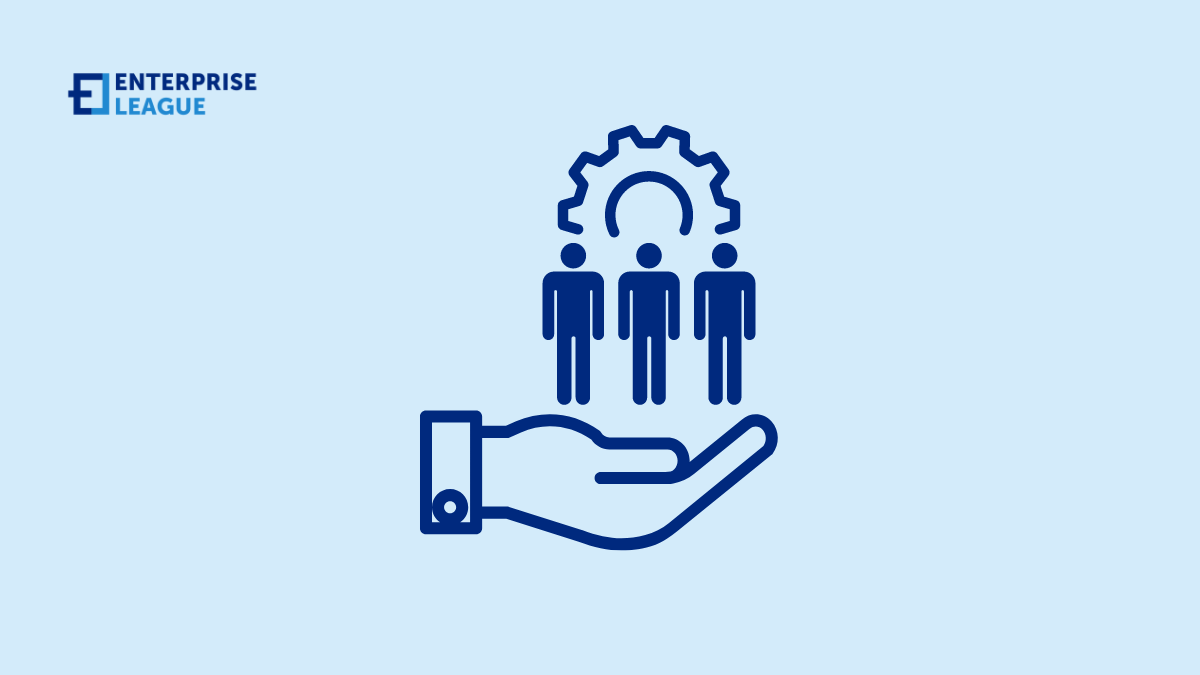HR in onboarding new employees: Responsibilities and best practices
April 10, 2024

Welcoming team members is an essential step for any organization. It establishes the connection between the employee and the company, shapes their path to success, and facilitates a transition into their new position. In this article, we will discuss the role that Human Resources (HR) plays in guiding employees through their onboarding process. We will examine the duties of HR professionals during this phase and highlight some recommended approaches they can take to ensure an onboarding experience for both the employee and the company.
The significance of welcoming new employees
Individuals must navigate through understanding the company’s culture, familiarizing themselves with their roles and responsibilities, and integrating into existing teams. Effective new employee onboarding procedures can help alleviate these challenges and prepare them for success from the start.
HR assumes a position in this journey by acting as an advocate for both employees and employers. They devise strategies to seamlessly incorporate hires into departments while acquainting them with organizational values, mission statements, perks, policies, and performance expectations.
Duties of HR during onboarding
Crafting an onboarding strategy
HR specialists are tasked with developing an onboarding plan that aligns with the company’s values and objectives. This program aims to cover all the aspects of a transition period for new employees. Using a streamlined platform like Altora can help HR professionals automate and deliver employee induction content efficiently while ensuring compliance and consistency across the organization.
Conducting training sessions
HR organizes training sessions to help new hires get ready for their roles effectively. These sessions include orientation workshops to explain the organization’s structure and process guidelines on paperwork documentation modules to identify skills gaps, sharing experiences within the field, offering mentorship from colleagues, emphasizing communication techniques for inclusivity, and addressing workplace diversity.
Support with paperwork and benefits enrollment
New employees often find dealing with paperwork time-consuming, so HR professionals assist in simplifying this process. They guide employees in completing forms such as tax documents, nondisclosure agreements, and benefits enrollment forms. Additionally, HR provides details on benefits such as healthcare plans, retirement options, and other perks.
Fostering team collaboration
Key guidelines for HR professionals during the onboarding process
Effective communication
HR professionals should maintain communication channels that are readily accessible to new employees. Keeping them updated on company developments through emails or meetings helps them stay informed about important updates and upcoming events.
Tailored approach
Recognizing the individuality of each employee is essential. HR professionals should tailor the onboarding process to meet needs and expectations, ensuring that it caters to the requirements of each individual.
Mentorship initiatives
Implementing mentorship programs can significantly benefit hires by pairing them with colleagues who can provide guidance during their initial stages at the organization. Mentors offer insights, address queries, deliver feedback, and offer support to their mentees.
Establishing realistic goals
HR should set performance targets, deadlines, and workloads for hires throughout the onboarding phase. Clearly communicating these expectations helps prevent misunderstandings or dissatisfaction
Creating a positive environment
Creating a positive atmosphere is crucial during the onboarding process. HR experts should regularly check in with employees to assess their progress and address any obstacles they may encounter. Establishing trust is important to ensure that staff feel at ease, reaching out for assistance when needed.
Conclusion
Crafting onboarding programs, conducting training sessions to aid with paperwork and benefits enrollment, and promoting team cohesion, HR specialists guarantee a transition for newcomers. Following practices such as communication, personalized approaches, mentorship initiatives, setting achievable goals, and fostering a supportive environment further enriches the onboarding journey.
More must-read stories from Enterprise League:
- Unique ways to show your employees you care about them.
- Proven and tested psychological tactics for successful marketing.
- Learn how to deal with being proffesionally ghosted like an expert.
- Learn about how micromanaging can hurt your productivity.
Related Articles
What Companies Offer Horse Transportation Services? 5 Options to Review
Transporting a horse involves more than simply loading it into a trailer. When the stakes include international regulations, health certifications, quarantine rules, shipment timing and an animal's well-being, the process becomes a complex logistical project. If you...
Financial and Fintech Software Development Companies to Consider
Financial and fintech software development is crucial for organizations wanting to remain competitive in an increasingly digital marketplace. Leaders and decision-makers must be able to understand complex regulatory requirements while meeting the growing expectations...
Internet Service Providers: What You Need to Know
You need a fast connection for streaming shows, working from home and playing video games, so finding the right internet company is essential. The crowded market of providers includes promises of good deals and unrestricted connections. What are the top...
What Companies Offer Horse Transportation Services? 5 Options to Review
Transporting a horse involves more than simply loading it into a trailer. When the stakes include international regulations, health certifications, quarantine rules, shipment timing and an animal's well-being, the process becomes a complex logistical project. If you...
Financial and Fintech Software Development Companies to Consider
Financial and fintech software development is crucial for organizations wanting to remain competitive in an increasingly digital marketplace. Leaders and decision-makers must be able to understand complex regulatory requirements while meeting the growing expectations...





